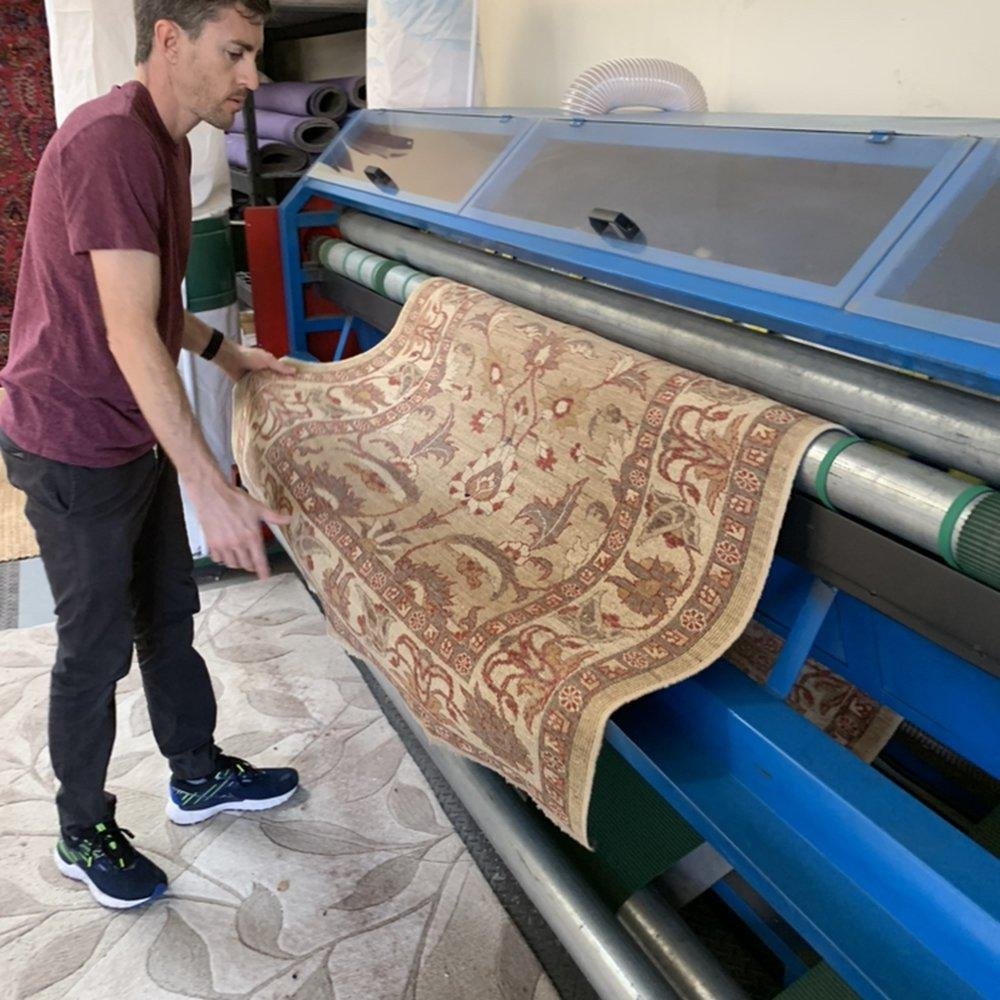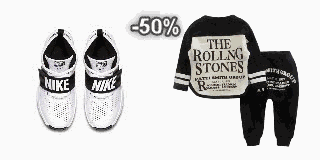-
أخر الأخبار
- استكشف
-
المدونات
Microfiber vs. Traditional Rug Cleaning: Which Professional Method Works Best?

When it comes to keeping your rugs looking fresh and clean, choosing the right cleaning method makes all the difference. Both microfiber and traditional rug cleaning approaches have their fans, but which one actually works better? Let's dive into the world of rug cleaning to help you figure out which option makes the most sense for your home.
Understanding Your Rug Cleaning Options
Before jumping into which method is better, it's important to know what we're talking about. Professional rug cleaners typically offer several different approaches to getting your rugs clean.
Traditional Rug Cleaning Methods Include:
-
Hot water extraction (steam cleaning)
-
Dry powder cleaning
-
Shampooing
-
Hand washing (for delicate rugs)
Microfiber Cleaning Involves:
-
Using special microfiber cloths and mops
-
Special microfiber-friendly cleaning solutions
-
Low-moisture techniques
The Power of Microfiber: More Than Just a Trend
Microfiber cleaning has become increasingly popular in recent years, and for good reason. These tiny synthetic fibers can pick up dirt, dust, and even bacteria that regular cleaning tools might miss.
When professional cleaners use microfiber on your rugs, they're taking advantage of the material's unique properties. Each microfiber strand is split into even smaller fibers during manufacturing, creating a material that can trap particles as small as 0.01 microns. That's tiny!
The main benefits of microfiber cleaning include:
-
Less water usage, which means faster drying times
-
Fewer chemicals needed to get good results
-
Better for people with allergies or asthma
-
Gentler on delicate rug fibers
-
Reduced risk of mold or mildew growth
"Microfiber cleaning systems can remove up to 99% of bacteria with just water," explains one industry professional. "This makes it an excellent choice for households with young children or pets."
Old-School Methods: Tried and True Techniques
Traditional rug cleaning methods have stood the test of time for a reason. For deeply soiled rugs or those with stubborn stains, traditional methods often provide the deep cleaning power needed.
Steam cleaning (hot water extraction) remains one of the most popular traditional methods. This approach forces hot water deep into rug fibers and then extracts it along with dirt and grime. For rugs that haven't been cleaned in years, this method can work wonders.
The benefits of traditional cleaning methods include:
-
Deep cleaning power for heavily soiled rugs
-
Better stain removal, especially for old or set-in stains
-
More thorough cleaning for thick, high-pile rugs
-
Often preferred for valuable or antique rugs
-
Can address odor issues more effectively
Comparing Cleaning Power: Which Gets Rugs Cleaner?
When it comes to pure cleaning power, the answer isn't straightforward. It really depends on what kind of dirt you're dealing with.
For everyday dust and surface dirt, microfiber often wins. The electrostatic properties of microfiber mean it actually attracts and holds onto small particles rather than just pushing them around.
However, for deep-set stains, ground-in dirt, or pet accidents, traditional methods often have the edge. The combination of heat, water pressure, and cleaning solutions can break down tough stains that microfiber alone might not touch.
"I've been cleaning rugs for over 15 years," says one cleaning service owner. "For maintenance cleaning, I recommend microfiber. But when a rug is really dirty or has tough stains, nothing beats a good steam cleaning."
The Environmental Impact: Which Method Is Greener?
In today's world, the environmental impact of our choices matters more than ever. So how do these cleaning methods stack up?
Microfiber cleaning typically uses significantly less water – about 10-20% of what traditional methods require. This not only saves water but also means less energy used for drying. Microfiber cleaning also often requires fewer harsh chemicals to achieve good results.
However, there is one environmental drawback to microfiber: the clothes themselves are made from synthetic materials (usually polyester and nylon) that don't break down naturally. When washed, they can also release tiny plastic fibers into the water system.
Traditional methods use more water and often more chemicals, but modern equipment has become much more efficient. Many professional cleaners now use green cleaning solutions that are biodegradable and safer for the environment.
Health Considerations: Breathing Easier After Cleaning
For families concerned about allergies, asthma, or chemical sensitivities, the cleaning method you choose matters.
Microfiber cleaning offers some clear advantages here. The material can trap dust, pollen, pet dander, and other allergens rather than just moving them around or pushing them into the air. Since microfiber is so effective, cleaners can often use fewer chemicals or even just water.
Traditional cleaning methods, especially those using hot water extraction, can also remove allergens effectively. However, they sometimes rely on stronger cleaning chemicals that might trigger sensitivities in some people. The moisture left behind after cleaning can also potentially lead to mold growth if rugs don't dry quickly enough.
Cost Comparison: What's Easier On Your Wallet?
Budget matters, so let's talk dollars and cents.
For professional rug cleaning services, traditional methods often cost more per cleaning. This is because they require more expensive equipment, more water and cleaning solutions, and often take longer to perform.
Microfiber cleaning usually comes in at a lower price point. The equipment is less expensive, and the process is typically faster. However, to maintain the same level of cleanliness, you might need microfiber cleanings more frequently than traditional deep cleanings.
Many homeowners find that the best approach is to alternate between the two: regular microfiber cleanings for maintenance with occasional traditional deep cleanings when needed.
Making The Right Choice For Your Rugs
The best cleaning method for your rugs will depend on several factors:
-
Rug material and construction
-
Level of soiling
-
Presence of stains or odors
-
Health concerns in your household
-
Environmental priorities
-
Budget constraints
For everyday cleaning and maintenance, microfiber often provides the perfect balance of effectiveness, cost, and convenience. For annual deep cleaning or addressing serious stains, traditional methods might be worth the extra cost.
Frequently Asked Questions
How often should I have my rugs professionally cleaned?
Most experts recommend professional cleaning every 12-18 months for rugs in normal use. However, homes with pets, children, or high traffic may benefit from cleaning every 6-12 months.
Can microfiber cleaning damage my rugs?
Microfiber cleaning is generally very gentle on rugs. In fact, it's often preferred for delicate materials because it uses less moisture and mechanical action than traditional methods.
Are the chemicals used in traditional rug cleaning safe?
Most professional cleaners today use solutions that are safer than those used in the past. However, if you have specific concerns, ask your cleaner about environmentally friendly or hypoallergenic options.
How long does it take for rugs to dry after cleaning?
After microfiber cleaning, rugs typically dry within 1-2 hours. Traditional methods, especially hot water extraction, may require 6-24 hours for complete drying, depending on the rug thickness and room conditions.
Can I clean my rugs myself instead of hiring professionals?
While DIY cleaning is possible for maintenance, professional cleaning reaches deeper and removes more dirt and allergens. Most rug manufacturers recommend professional cleaning to maintain warranties.
What about cleaning oriental or antique rugs?
Valuable or antique rugs often require specialized cleaning approaches. Many professional rug cleaners offer special services for these rugs, typically using gentle hand-washing techniques rather than either standard microfiber or traditional machine methods.





